AAP’s Political Journey in Punjab: From Triumph to Turmoil and a Renewed Push
In three years, the Aam Aadmi Party (AAP) has come full circle in Punjab. After securing a historic victory with 92 out of 117 Assembly seats on March 10, 2022, the Bhagwant Mann-led government transitioned from an active, high-energy administration to a phase of slowed governance. However, following setbacks in Delhi, the party is once again ramping up its activism in Punjab.
Initially, the AAP government focused on fulfilling its electoral promises. However, over time, governance appeared to slacken, which was reflected in the party’s disappointing performance in the 2024 Lok Sabha elections, where it led in only 32 Assembly segments.
Party leaders attribute this slowdown to financial constraints caused by limited resource mobilization and the withholding of central funds due to compliance issues. Additionally, the entanglement of key AAP leaders in Delhi in legal battles further weakened its administrative effectiveness in Punjab. This period was marked by rising concerns over corruption, deteriorating law and order, the escalating drug menace, growing farmer unrest, and minimal industrial investment.
A Renewed Focus on Governance
With Punjab being the only state where AAP holds power, the party leadership is now working to position it as a model of governance. In response to urban voter dissatisfaction, AAP appointed Hindu leader Aman Arora as the party’s state president to strengthen its support base ahead of civic body elections.
Over the past three weeks, the ruling party has intensified its focus on issues that resonate with the public. The government has taken a firm stance against corruption by suspending an IAS officer, dismissing 52 police personnel, and suspending 14 revenue officials for dereliction of duty.
A key initiative under this renewed governance drive is the state’s "War on Drugs," which includes arresting smugglers and peddlers, revamping rehabilitation policies for addicts, and demolishing properties linked to the drug trade. A Cabinet Committee led by Finance Minister Harpal Cheema, along with ministers Aman Arora, Dr. Balbir Singh, Laljit Singh Bhullar, and Tarunpreet Singh Sond, is spearheading this campaign.
The government has also taken steps to revive economic sentiment. It has introduced two one-time settlement (OTS) policies to enable 4,000 industrialists to take possession of industrial plots in Focal Points. Additionally, AAP has taken a tough stance against farmer protests by preventing a march towards Chandigarh. While this move may have pleased industrialists and traders, it has triggered strong opposition from farmer unions.
Looking ahead, the AAP government is expected to implement measures to revive the state’s economy. However, its ability to navigate challenges posed by a resurgent Congress and BJP will determine its future trajectory.
Where AAP Has Faltered
- Anti-corruption drive limited to lower-rank officials
- Persistent gangster-related threats troubling traders, industrialists, and professionals
- Industrial investment remains minimal
- Women still awaiting the promised ₹1,000 monthly grant
- Illegal mining of minor minerals continues unchecked
Key Achievements
- Over 51,600 government jobs provided to youth
- 300 units of free electricity for domestic consumers
- Acquisition of the Goindwal Sahib thermal power plant
- Upgradation of public school and healthcare infrastructure
- Ensuring canal water supply to irrigate tail-end fields
Major Challenges Ahead
- Sustaining pressure on drug cartels and smugglers
- Encouraging fresh industrial investment in Punjab
- Boosting revenue generation for infrastructure development
- Strengthening anti-corruption measures in government offices
As AAP reasserts itself in Punjab, its ability to address these challenges and balance governance with electoral strategy will define its political future in the state.


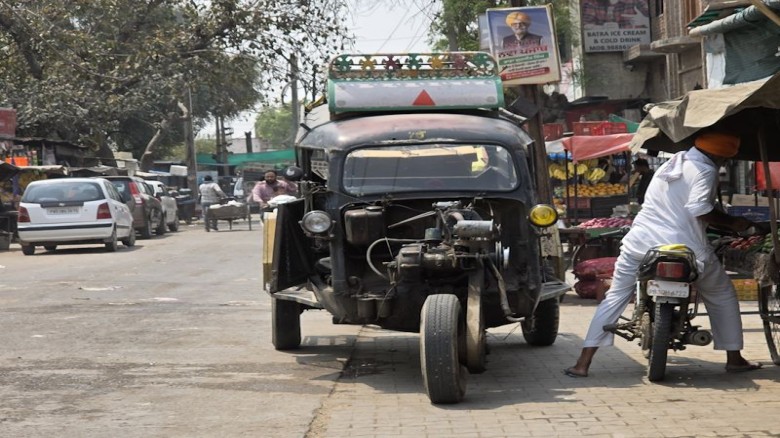

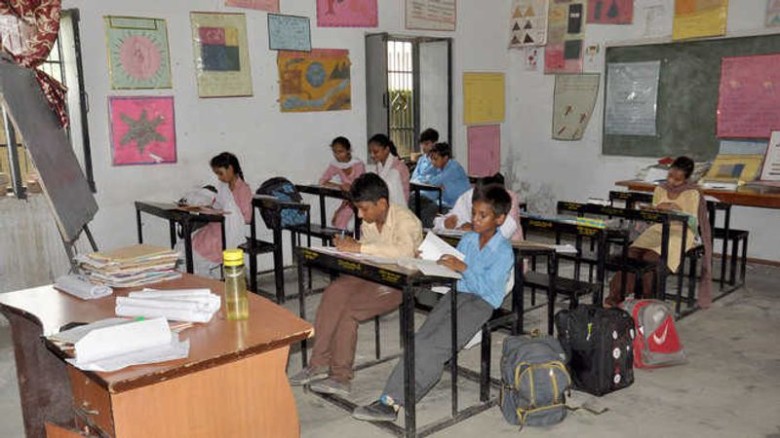



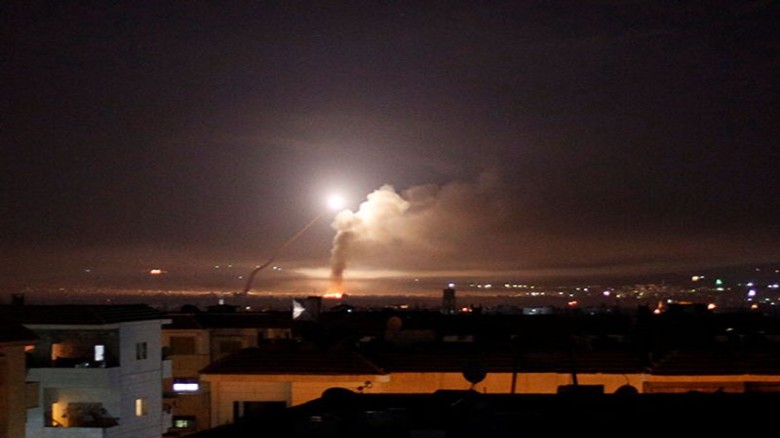










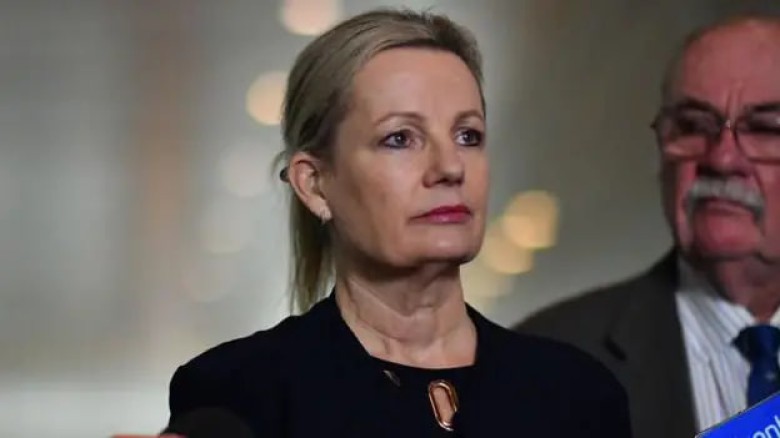






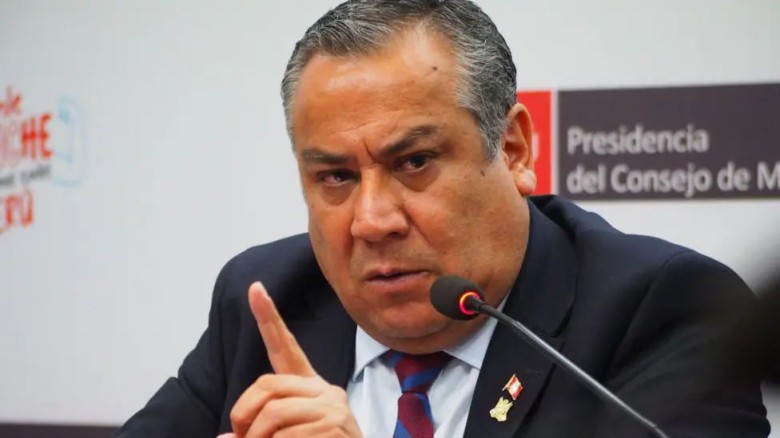








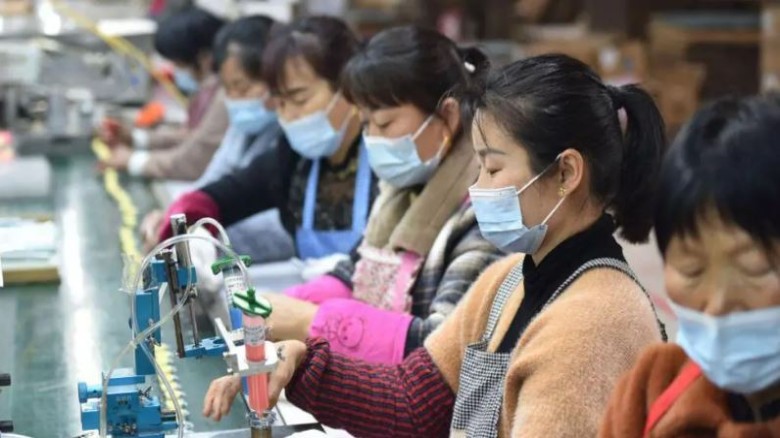




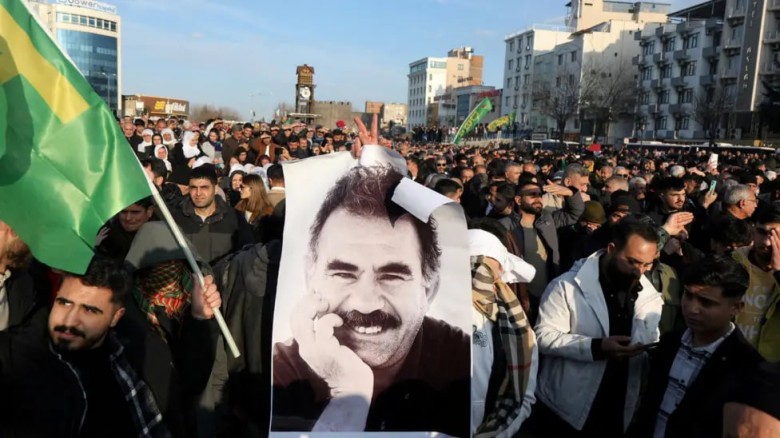
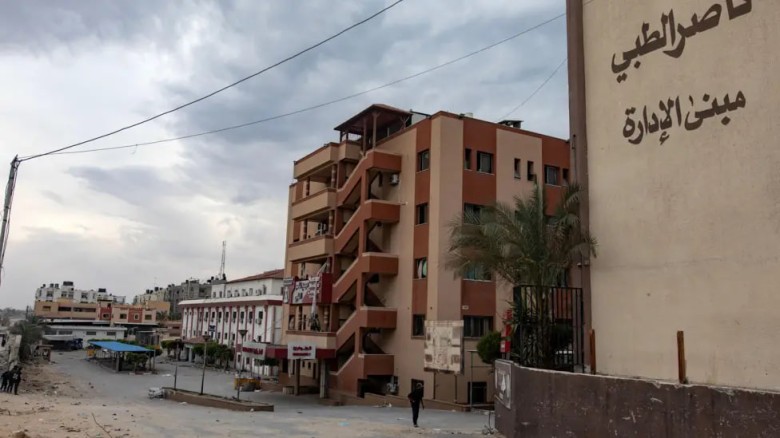






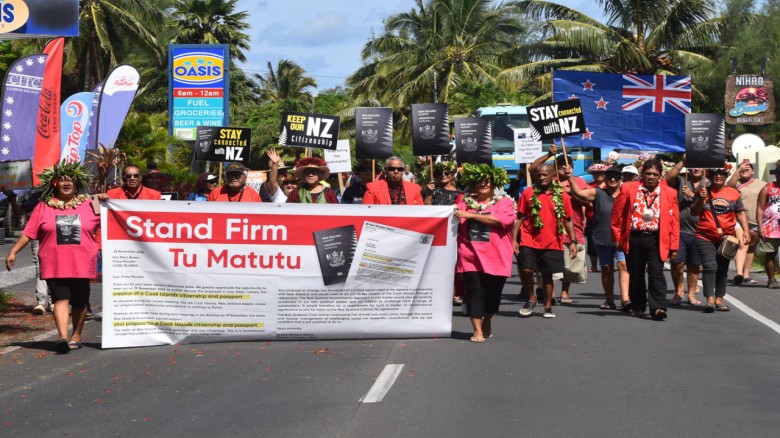
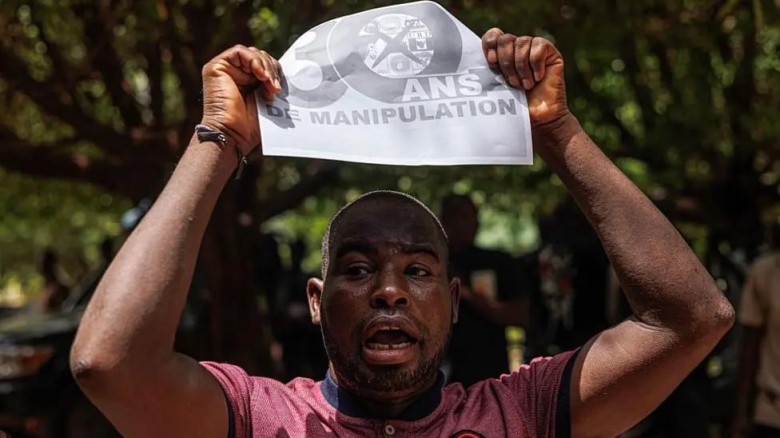




















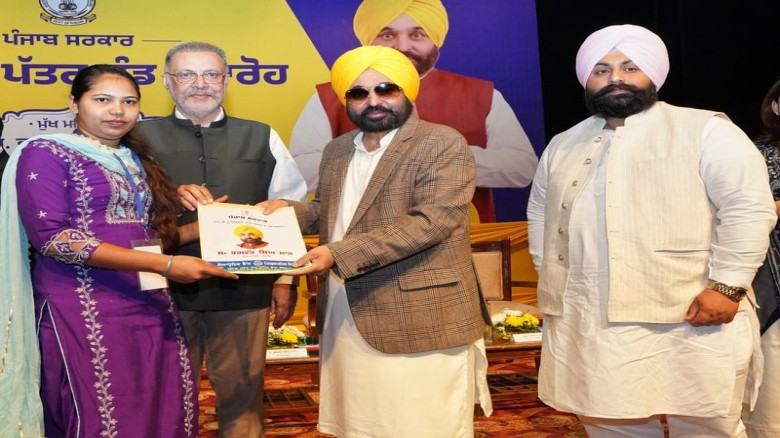


Leave A Comment